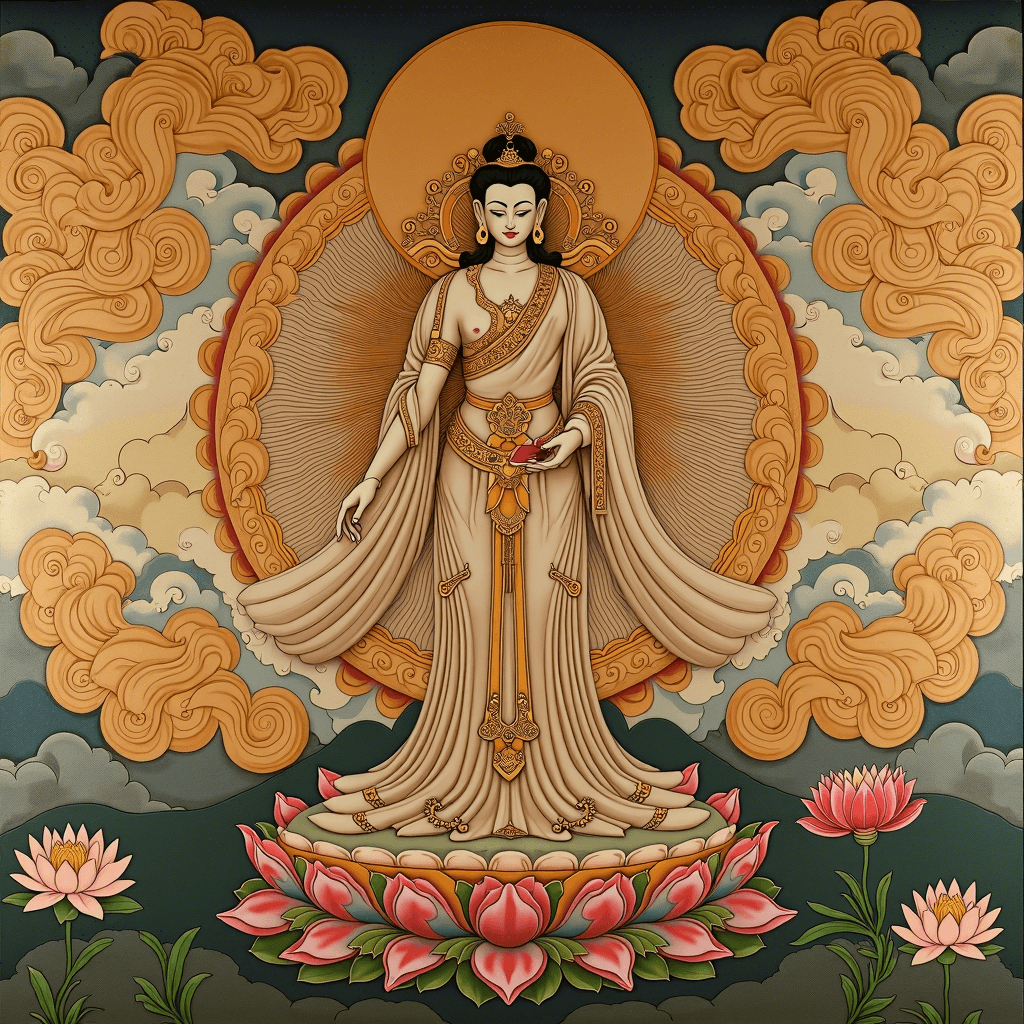
Dunhuang Mural
Thousand-year-old art showcasing ancient flying apsaras and Buddhist themes, filled with spirituality and history.
Quick Navigation
External Resources
Overview
Origin
Dunhuang, Gansu Province, China
Historical Period
4th to 14th century CE
Cultural Significance
The Dunhuang murals in the Mogao Caves represent one of the world's most important collections of Buddhist art. They provide invaluable insights into the cultural, religious, and social life along the ancient Silk Road.

Historical Timeline
366 CE
First caves carved at Mogao Grottoes
Tang Dynasty (618-907)
Peak period of mural painting at Dunhuang
Techniques
Fresco painting on plaster walls
Use of mineral-based pigments
Distinctive flying apsaras (celestial beings) depictions
Narrative storytelling through sequential scenes
Cultural Context
The Dunhuang murals in the Mogao Caves represent one of the world's most important collections of Buddhist art. They provide invaluable insights into the cultural, religious, and social life along the ancient Silk Road.
Did You Know?
The Mogao Caves contain over 45,000 square meters of murals, the largest collection of Buddhist art in the world.